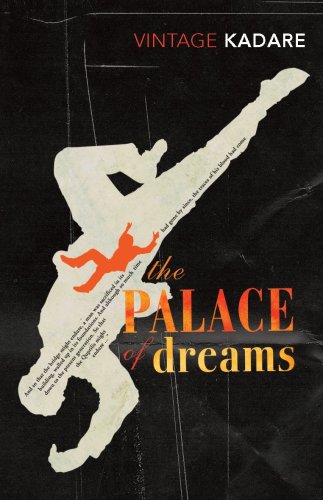X-Necrosha is a collection of X-men themed comics by authors Craig Kyle, Christopher Yost, Zeb Wells and Mike Carey, from specific Necrosha comics to issues of X-Force, New Mutants, New X-Men and X-Men Legacy.
As could be expected I have mixed feelings towards such a varied book, both in terms of writing and of illustration. First of all, I must say the main story, developed in the X-Necrosha and some X-Force issues was somewhat disappointing. Selene should have planned better, prepared better, taken her time with everything to be more believable as a character from my point of view. Her defeat seemed too easy and too obvious, even with the death toll involved, for a character who bragged godlike powers, surrounded by so many dangerous companions. I'm also not very keen on the illustrations to the said issues, the 3D lighting effect and the colours stray too far from what I learned to love in comic books. Not that I consider them bad or the effort a mistake, I'm probably just not used to them and prefer more traditional drawing/painting.
Having said all this, I should also highlight what's good about X-Necrosha. The story continues to follow the life on Utopia, now showing the mutants organizing themselves to fight an attack on their race and on their memories and emotions, as Selene finds a way to bring back a whole lot of dead mutants, transforming Genosha into the Necrosha that names the story arc. Cyclops leads the X-Men as confident as he showed to be able to on Nation X, commanding both the efforts of the people in Utopia and of the X-Force team, sent to deal with Selene by any means necessary. It was very interesting to see other reactions to the attack, as Emma Frost's when she sees the Hellions and Warpath is a nice character to follow all the way through the story. What I liked best in this collection were the side-stories and the tie-ins with M-Day and with Bastion's plans. The X-Men Legacy part was my favourite. The interaction between the mutants sent to Muir Island and the way they finally defeated their powerful surprise enemy was very good. The illustrations for these other issues were very nice. The background stories about Selene's team and how she gathered each one of them were also quite interesting and add to the book, making buying this as a collection worthwhile.
Sorry if the review seems hasty, but I've read it a while ago, I'm far behind on reviewing a lot of books, mostly comics, and I have little time to concentrate on them before I finish reading The Grapes of Wrath, a book that will be hell to review, in every good sense the expression can have.
As could be expected I have mixed feelings towards such a varied book, both in terms of writing and of illustration. First of all, I must say the main story, developed in the X-Necrosha and some X-Force issues was somewhat disappointing. Selene should have planned better, prepared better, taken her time with everything to be more believable as a character from my point of view. Her defeat seemed too easy and too obvious, even with the death toll involved, for a character who bragged godlike powers, surrounded by so many dangerous companions. I'm also not very keen on the illustrations to the said issues, the 3D lighting effect and the colours stray too far from what I learned to love in comic books. Not that I consider them bad or the effort a mistake, I'm probably just not used to them and prefer more traditional drawing/painting.
Having said all this, I should also highlight what's good about X-Necrosha. The story continues to follow the life on Utopia, now showing the mutants organizing themselves to fight an attack on their race and on their memories and emotions, as Selene finds a way to bring back a whole lot of dead mutants, transforming Genosha into the Necrosha that names the story arc. Cyclops leads the X-Men as confident as he showed to be able to on Nation X, commanding both the efforts of the people in Utopia and of the X-Force team, sent to deal with Selene by any means necessary. It was very interesting to see other reactions to the attack, as Emma Frost's when she sees the Hellions and Warpath is a nice character to follow all the way through the story. What I liked best in this collection were the side-stories and the tie-ins with M-Day and with Bastion's plans. The X-Men Legacy part was my favourite. The interaction between the mutants sent to Muir Island and the way they finally defeated their powerful surprise enemy was very good. The illustrations for these other issues were very nice. The background stories about Selene's team and how she gathered each one of them were also quite interesting and add to the book, making buying this as a collection worthwhile.
Sorry if the review seems hasty, but I've read it a while ago, I'm far behind on reviewing a lot of books, mostly comics, and I have little time to concentrate on them before I finish reading The Grapes of Wrath, a book that will be hell to review, in every good sense the expression can have.






